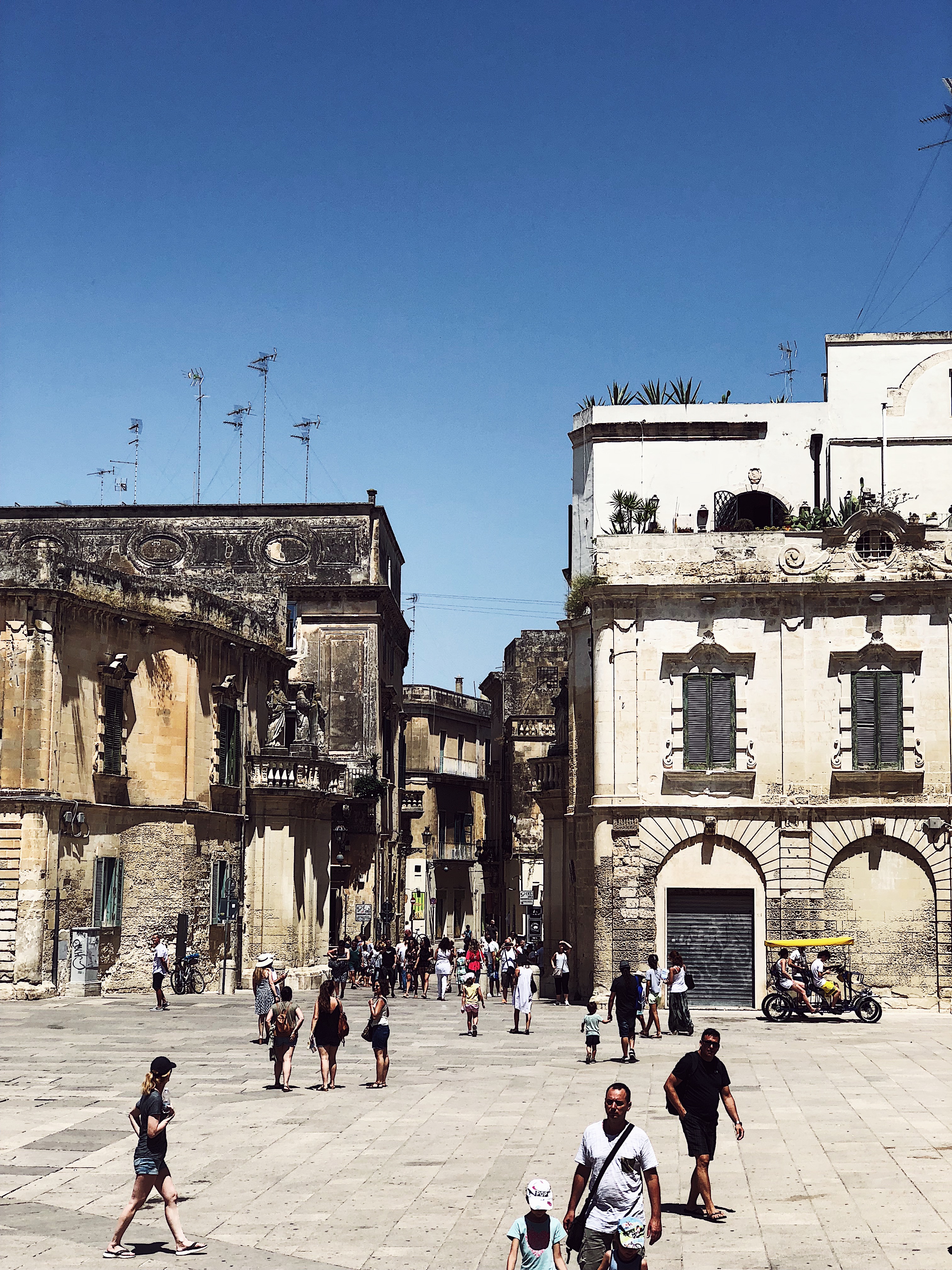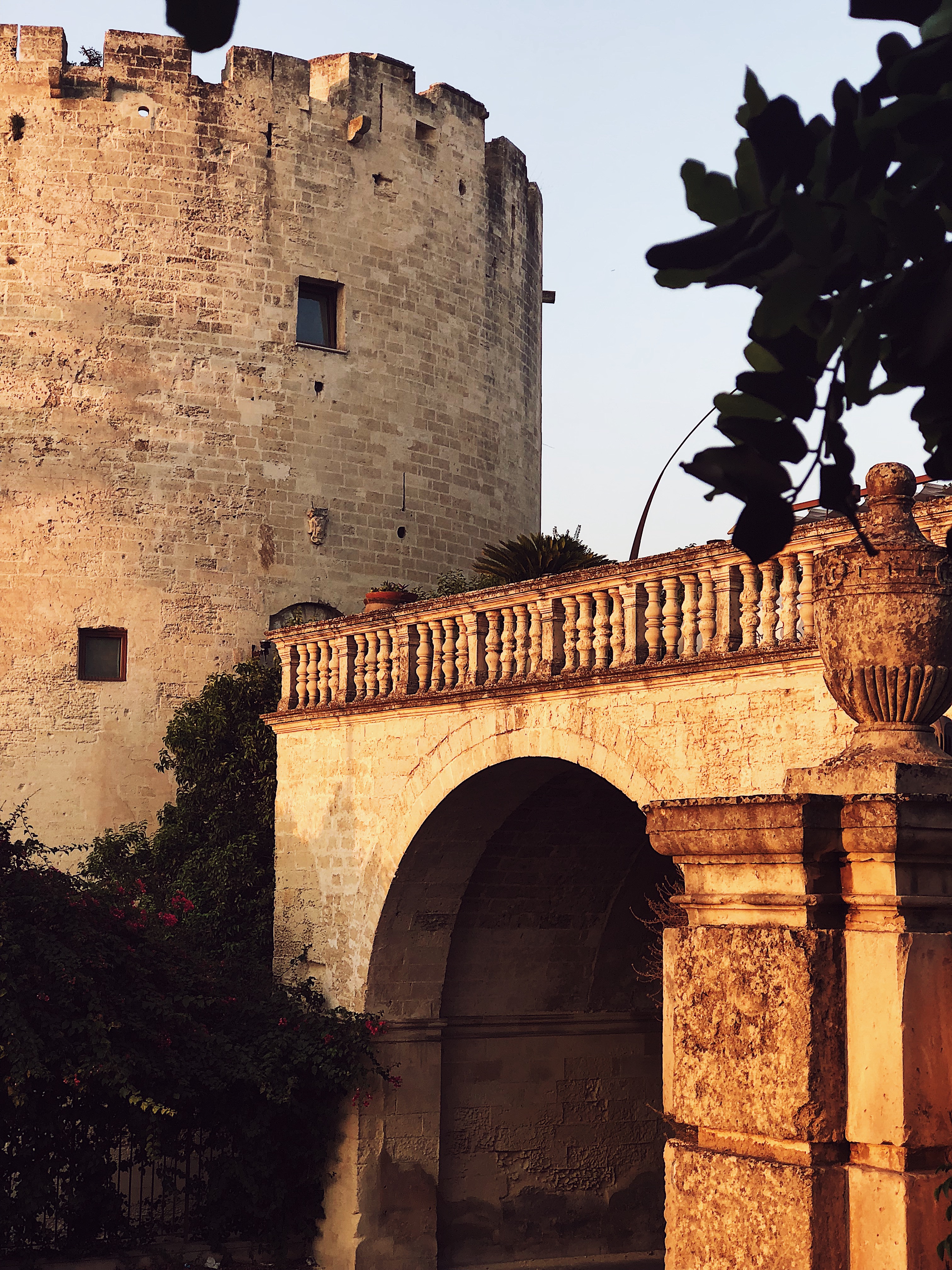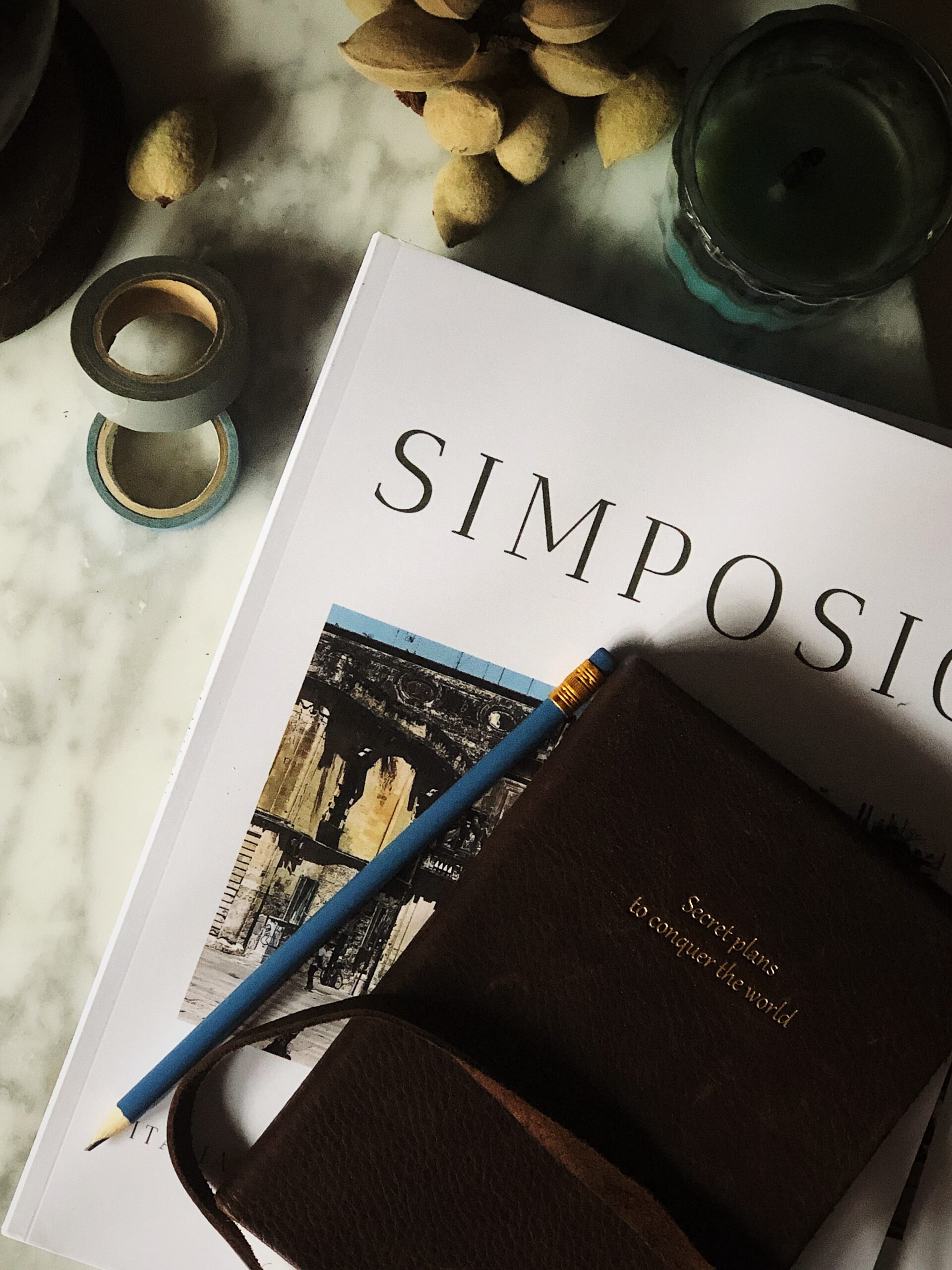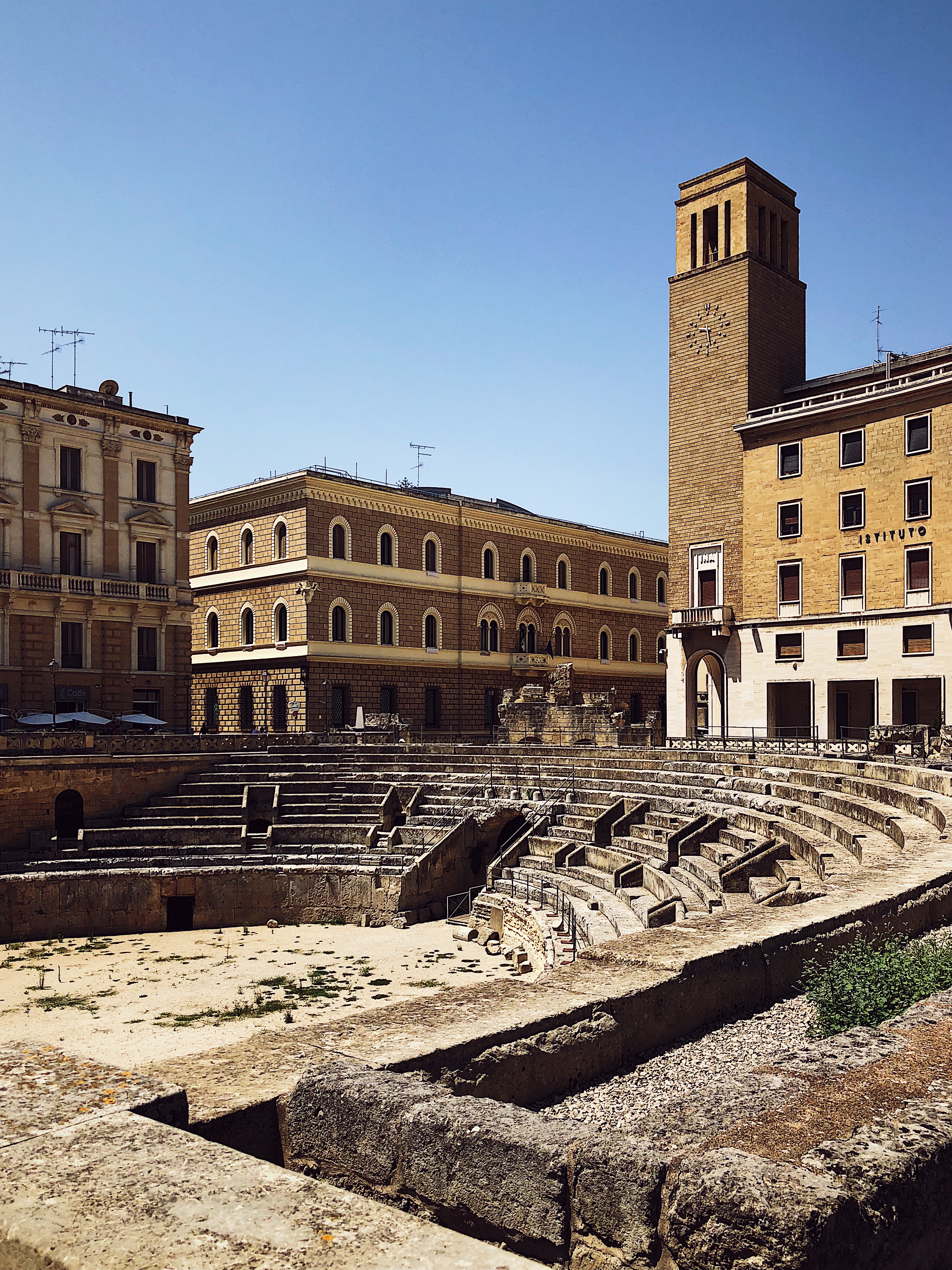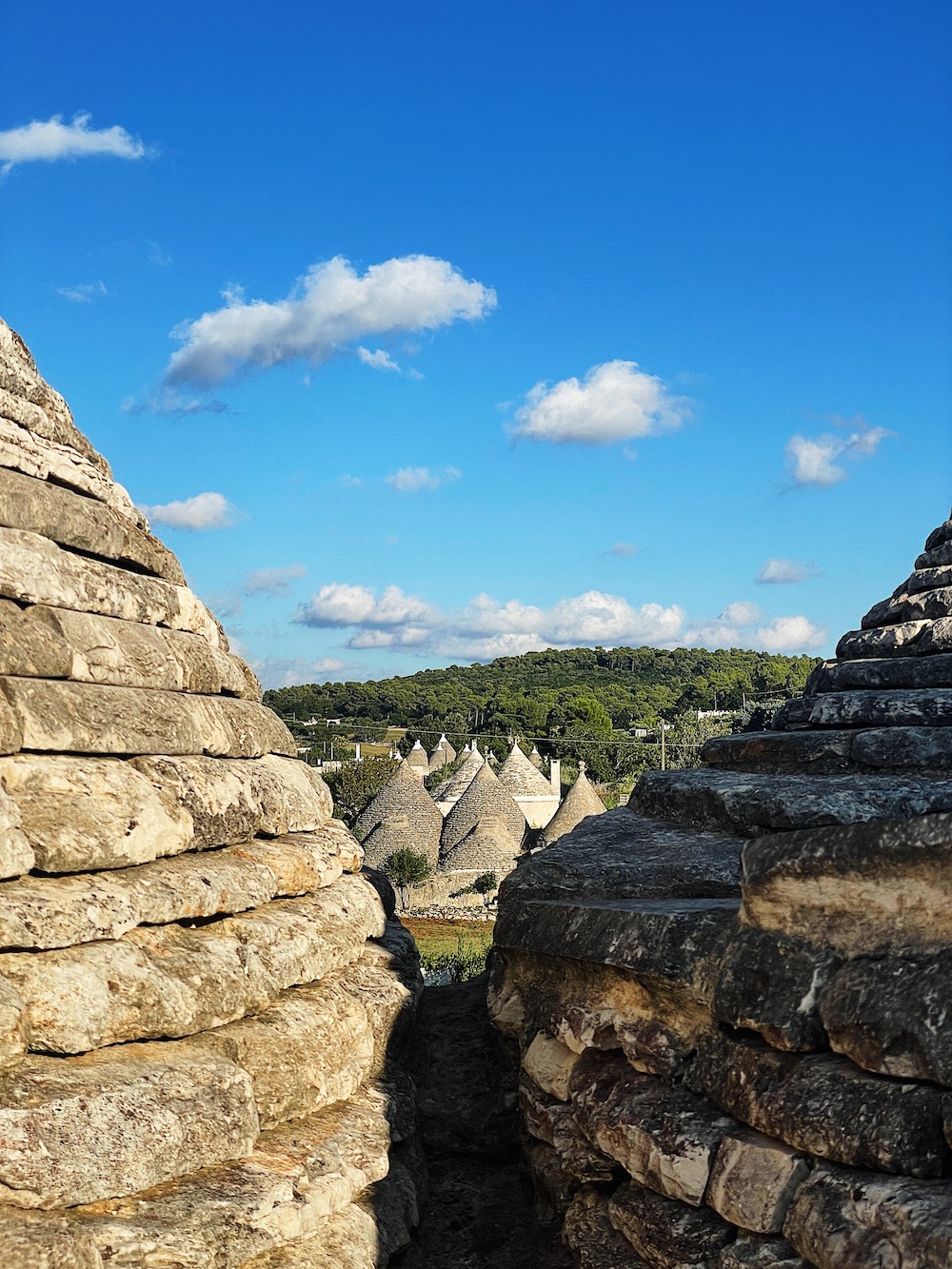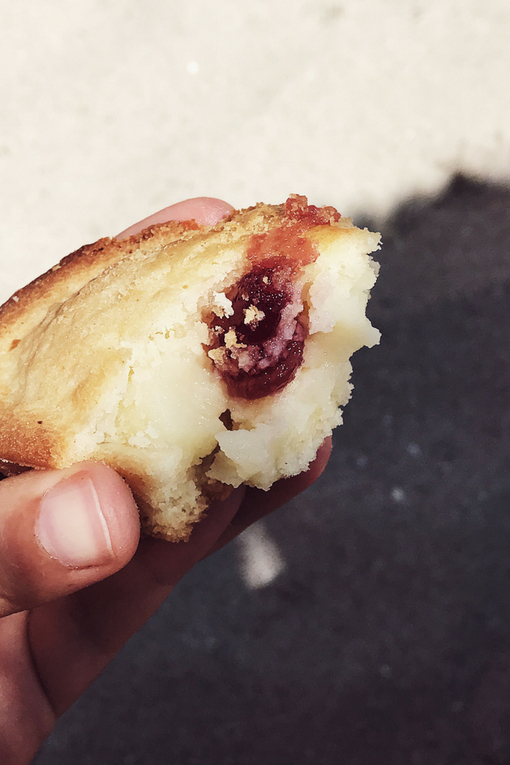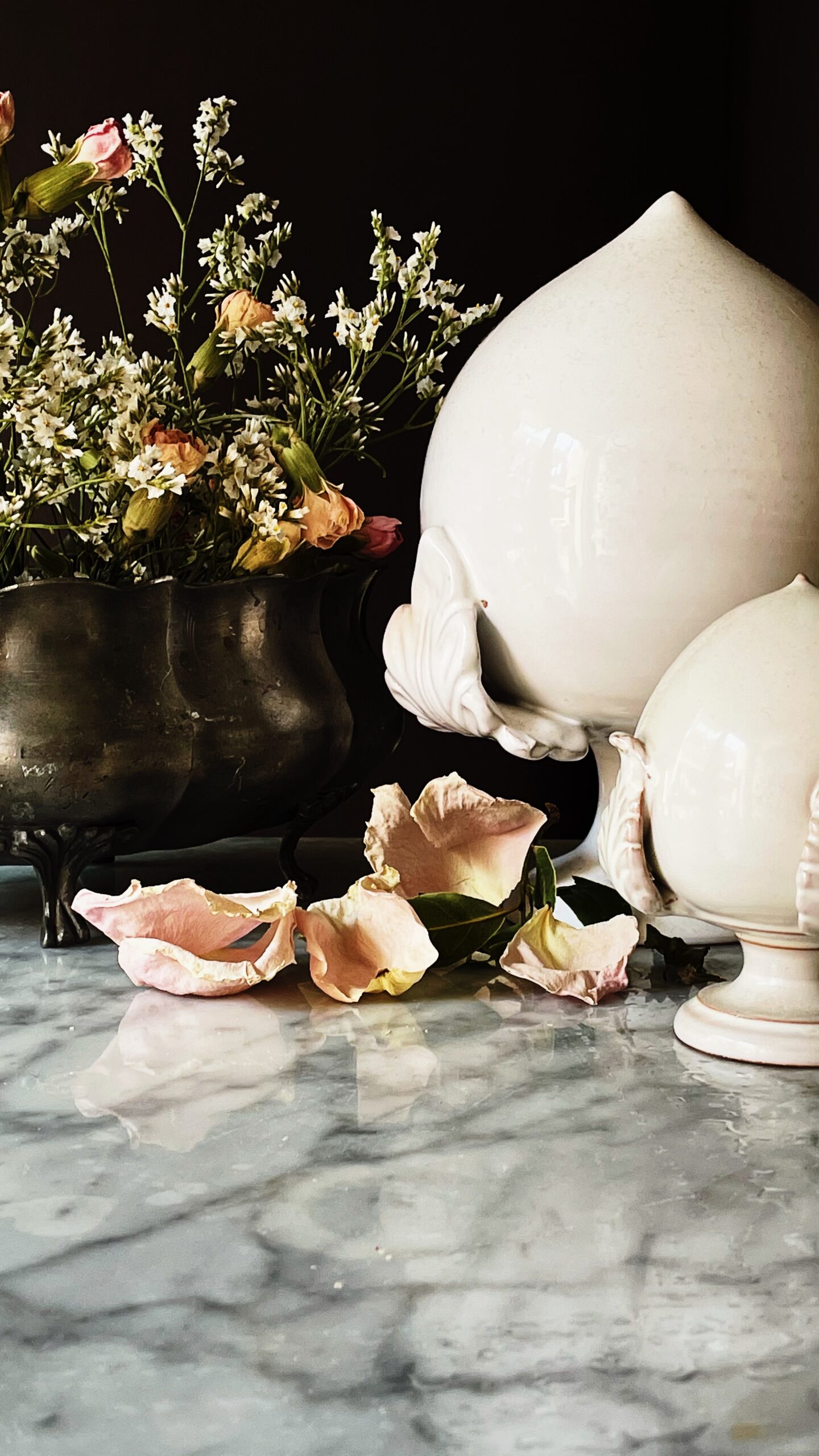A short little travel guide to Lecce, Puglia, Italy
How to reach Lecce
Lecce’s nearest airport is Brindisi, Lecce to Brindisi airport takes about a 40 minutes drive (there are many buses and shuttle offers).
But you can also get there from the Bari, or the Brindisi airport.
Lecce is 500 km (270 miles) from Rome. You can drive or take a train from stazione Termini, it should take you a little less than 6 hours. Check both Trenitalia and Italo websites for the best offers. Be aware that trains from Rome may depart both from the Termini and the Tiburtina stations. The first one is central, the second is not that much, but not very distant either
The Weather in Lecce
Lecce’s climate is mild. Winters are gentle, and Summers are very hot and muggy.
Accomodations in Lecce
Accomodations in Lecce are quite cheap, cheaper than Rome for sure!
And restaurantsare generally delicious (we ate at the Michelin starred Bros, and it was out of this world!).
Touring Lecce, Italy through Puglia’s cuisine
Before visiting, read Lecce’s Simposio, a cookbook and culinary travel guide to Lecce. You will have an anticipation of the magnificent landscapes and the fascinating details of the city and a great collection of local recipes. You will learn more about the history of these proud people, and understand why and how they live a slow and happy life, full of pleasure, good food, sun, and beauty.
What to see in Lecce
These are Lecce’s main attractions, what to see in this magical, enchanting city:
- Lecce’s old city is a maze of candid streets embellished by baroque elements, testifying to its glorious past.
- Visit Piazza Sant’Oronzo at noon to listen to the voice of Tito Schipa, one of Italy’s most famous, talented tenors who was born in Lecce.
- Under the splendid, blinding sun of Lecce, in the middle of the old town, rests one of the most majestic traces of the Roman Empire: the amphitheater.
- The Carlo V castle will first intimidate you with its impregnable walls and then catapult you to a past of splendor, opulence, and unique baroque details carved in the local “pietra leccese” stone.
- The Duomo and the Basilica di Santa Croce will fill your eyes to the brim with a hardly-seen abundance of details, decorations, and florals.
- Shops of the local art of papier mâché and crafts from other parts of Puglia will conquer your luggage and colonize your home, making you smile every time you sneak at them.
Best day trips from Lecce
- The beautiful Martina Franca in the Valle d’Itria takes a little more than an hour’s drive.
- Same for Grottaglie, the Apulian town of ceramics – make space in your luggage for the classic Pumi, oil jars, mozzarella plates, and the hyper-traditional Pupa Baffuta.
- Alberobello, the city of Trulli (circular rocky constructions with a self-supporting cone roof, unique to Puglia), is also a bit more than an hour’s drive.
- Reaching Monopoli takes a few minutes less and is worth every minute spent in the beautiful beach town.
- At an hour and a half, rest at one of the less-known, emerging destinations of Puglia, Taranto. Here, you will find an amazing old, almost abandoned town in the middle of two seas and the rise-my-envy Ori (Magna Grecia funerary jewels) collection of the Marta Museum.
- Drive a bit more, a couple of hours, if you don’t want to miss Trani‘s spectacular cathedral facing the sea.
What to eat in Lecce
- You can’t miss a dinner at a Fornello, a butcher shop typical of the Valle d’Itria, where you choose your cut that will be grilled and brought to your table with very spartan sides (fries, salads or grilled vegetables) and drinks.
- Get your overdose of latticini, dairy products, like mozzarella, Burrata, Stracciatella, and Giuncata.
- If you find them, don’t miss ordering the purple shrimps from Gallipoli.
- At the greengrocer, get yourself Barattieri or Pagnottelle, a midway between a white melon and a cucumber, a produce unique to this land.
- You’ll be offered mussels everywhere; be sure they’re local and better, the world-renowned from Taranto (pelose, hairy, are rare but divine!).
- Panzerotti are very similar to Calzoni, filled with tomato sauce and mozzarella but with innumerable variations. Even Nutella!
- Pasticciotti are some sort of muffins filled with pastry cream. When in Martina Franca, where they are baptized Bocconotti and the cream is accompanied by syrupy cherries.
- A Fruttone has the same shape and crust as Pasticciotti but is filled with almond paste and covered with chocolate!
- All your Aperitivi should accompany the wonderful local wines with a Rustico Leccese: a puff pastry case filled with bechamel sauce, tomato sauce, and mozzarella.
- Caffè Leccese instead should be your regular morning wake or afternoon break: coffee poured over ice and almond syrup. Recipe here!
- For a quick lunch, enter any “alimentari“, deli, and ask for a panino with Martina Franca’s Capocollo, an intense, aromatic cured meat.
What to buy in Lecce
- Lecce is world-famous for the crafters of papier mache statuettes. The ability of this artist and the minutiae of their work is astonishing.
- Pumo is a ceramic decoration typical of Puglia, representing an acanthus blossom in honor of Pomona, the Roman goddess of fruits (including olives and vines). A lucky charm to be placed at the home entrance.
- Pietra Leccese, the local white stone, is used to make ornaments like wall plates, clocks, and vases.
- Local olive oil, wine, and “taralli” (sort of cracker-like tiny doughnuts) are worth a space in your luggage.
- Lately, many small Luminarie (see below) crafters offer home-sized decorative lights for your homes, terraces, or patios. Choose your traditional or fancy design and ask for internatioanl delivery!
Each time you are about to purchase any of the above, pose to the shopkeeper the fundamental questions:
- Who made it?
- Where is it made?
- Can I visit the lab?
Just to be sure that you are buying authentic, not industrial, overpriced crap.
Things to know before you visit Lecce
- Luminarie are the street lights that adorn the streets of all Apulian towns during the summer. When a saint patron is to be celebrated, the lights will be put on, music will be played, and tons of food will be offered to everyone!
- The Pizzica is the traditional dance of Salento; it has something, maybe a lot, to do with the bite of a tarantula. Read more here.
- The wines of Puglia are spectacular. Each time you savor one, you can take note of the producer, call, and visit the winery to taste more and buy your stock – many will gladly ship internationally.
- In some parts of Salento, people still speak a dialect of Greek origins, the Griko, which is evidence of the Magna Grecian past of the region.
- For more information, the kind of information that transforms your trip into a culinary, acculturated, intensely lived adventure, get your copy of Lecce’s Simposio!
Enjoy Lecce as a respectful, acculturated traveler; it’s a whole other story, and you will be eternally grateful to yourself!
Claudia

